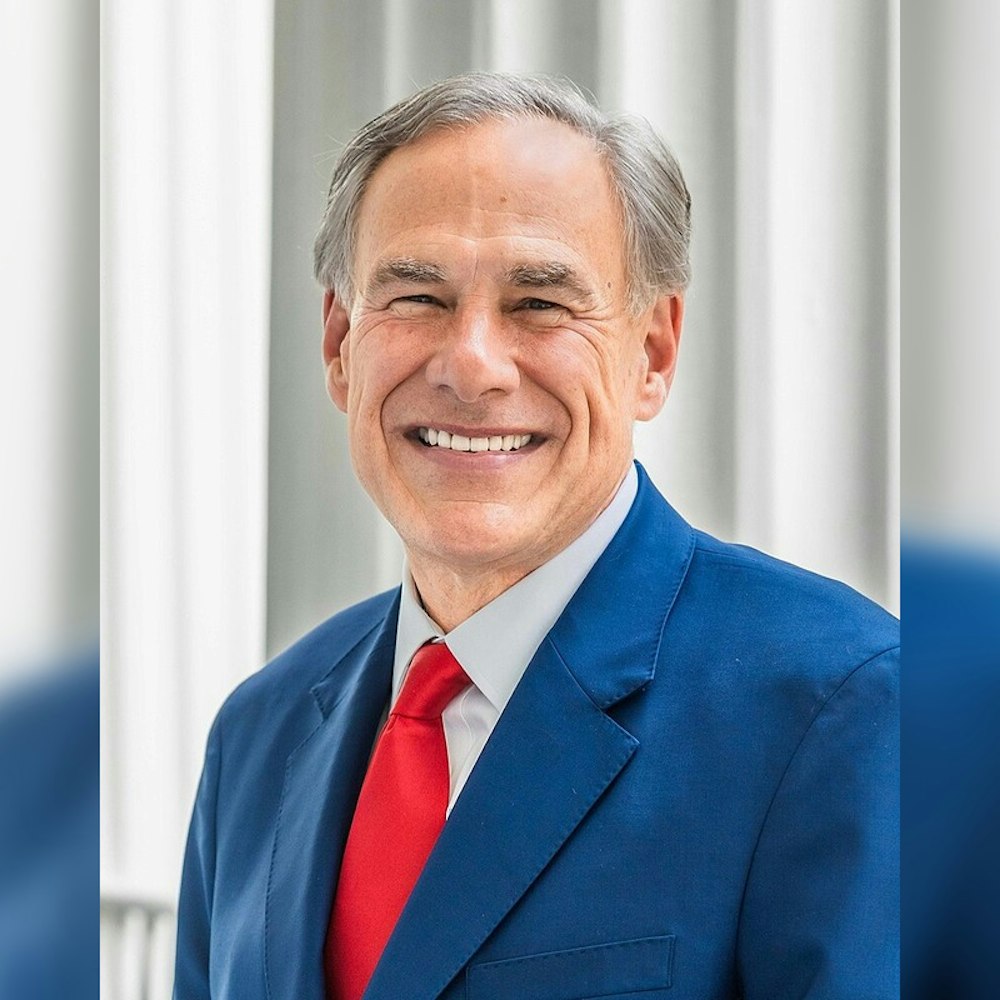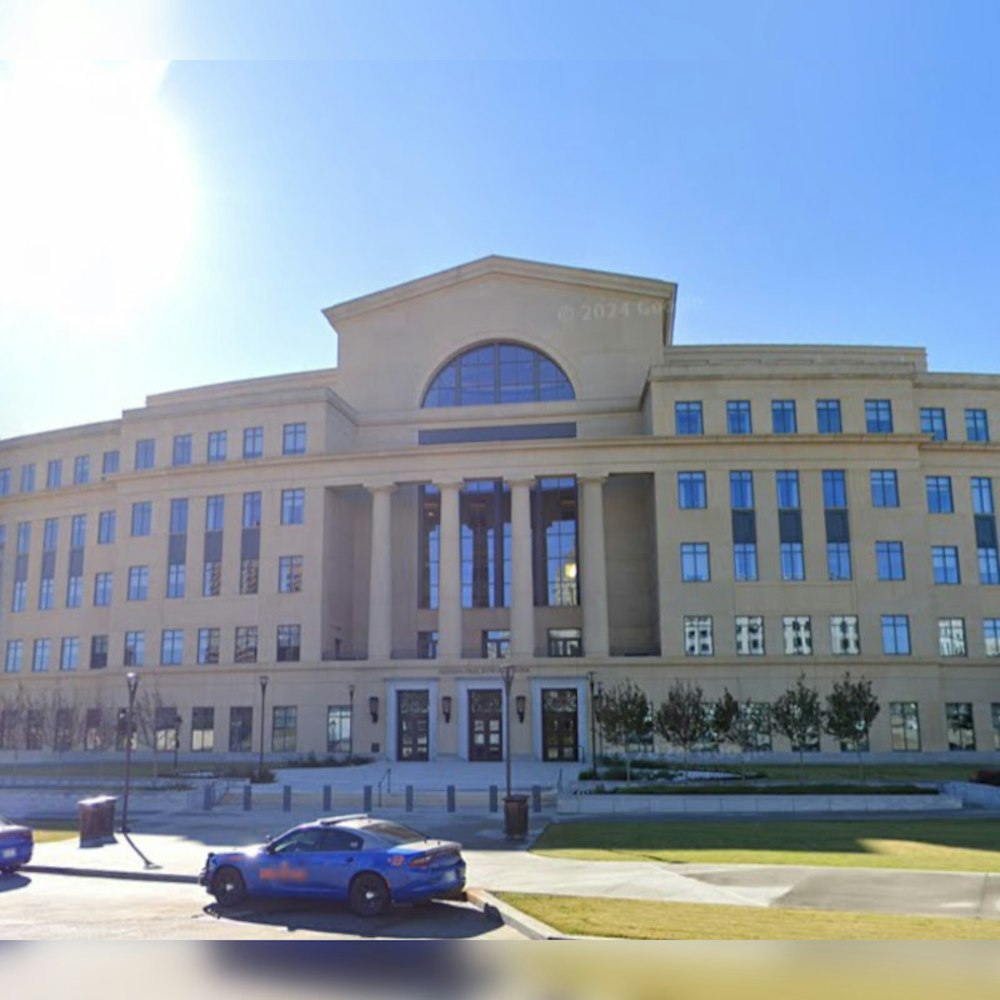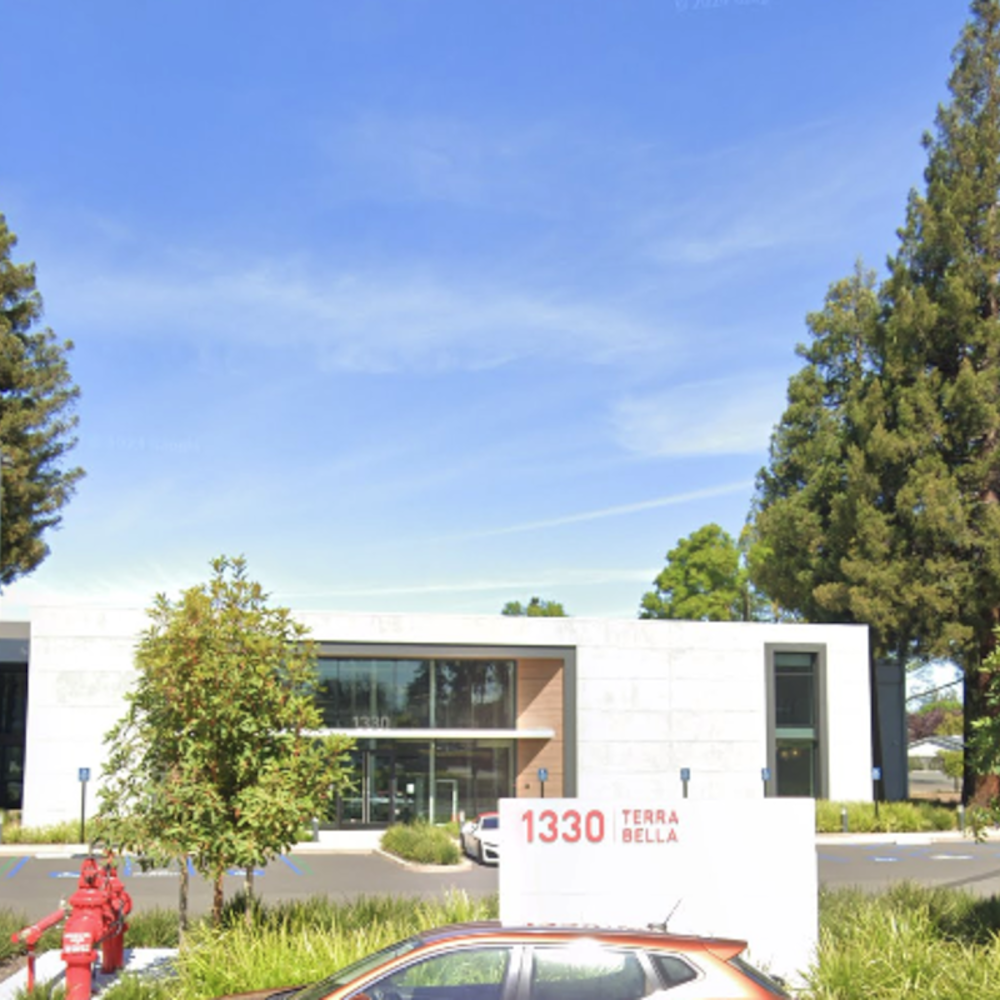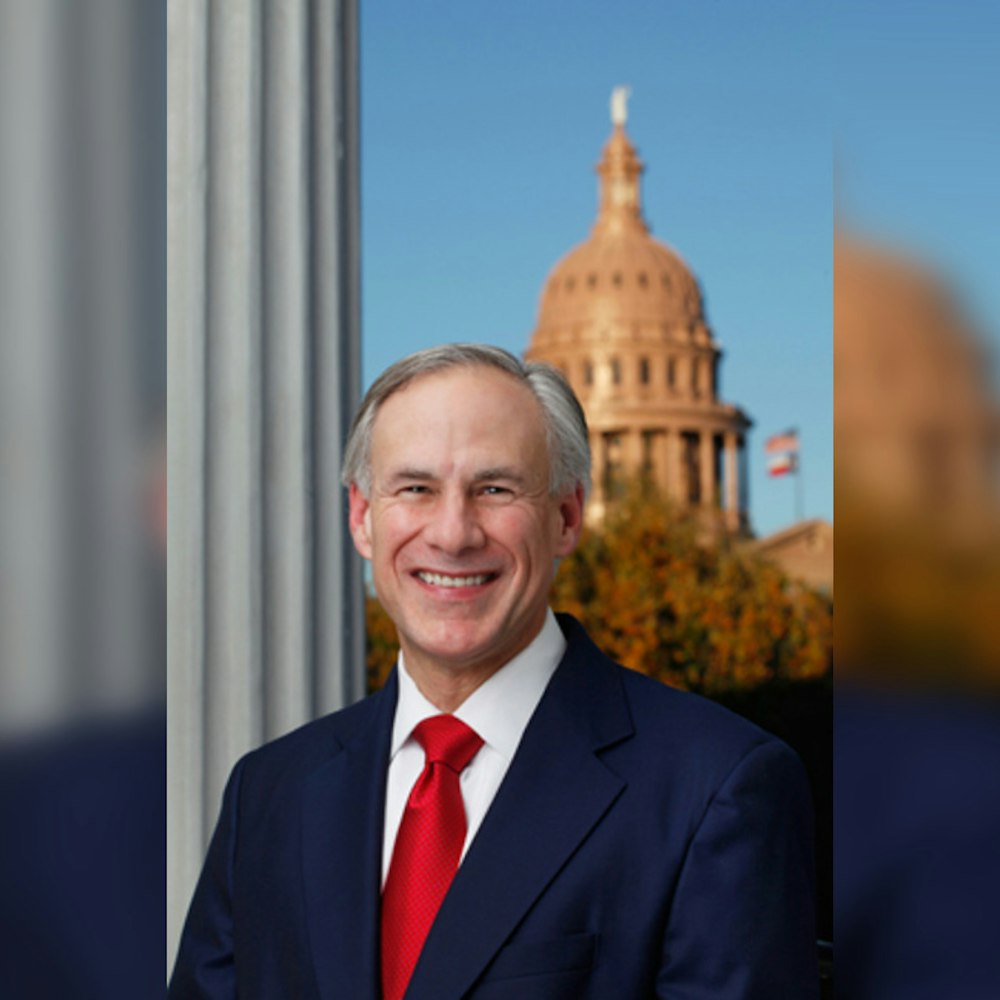
Austin is charging up its commitment to electric vehicles, as the city's fleet department sets ambitious goals in line with the Austin Climate Equity Plan, aiming for net-zero greenhouse gas emissions by 2040. According to the Austin Monitor, the transportation sector is a significant emitter, pumping out over one-quarter of the total U.S. greenhouse gas volume annually.
Faced with the complex task of retrofitting a variety of specialized city vehicles, the department is pushing to strategically electrify as much as it can by 2030. Yet, the City Council Audit and Finance Committee recently learned that the road to full fleet electrification is paved with both opportunities and challenges. Jennifer Walls, Fleet Services Director, revealed that Austin's 5,147 on-road assets collectively cover more than 45 million miles each year, and the goal is for battery electric vehicles to eventually account for 40 percent of this mammoth mileage.
Rick Harland, the department’s Assistant Director, made it clear that not all vehicles are suited for an electric makeover. Front-line public safety vehicles, for example, are currently excluded from the transition. Still, Austin might soon be at the forefront of electric innovation in law enforcement; the city is exploring a pilot for Chevrolet's pioneering all-electric police pursuit vehicle, with tests for performance and handling anticipated in early Fiscal Year 2025. Harland stated, "We believe that a regular assessment of these things is important. There’s a lot of players at the table here."
The city's current plan estimates acquiring 2,171 electric vehicles over the next 17 years, totaling an investment of $162.8 million. This would require slowly increasing the number of battery-electric vehicles by 14 percent on average each year. In a more aggressive scenario, the same number of vehicles would be bought within just six years, although the $11.3 million budgeted for charging infrastructure would not change.
Electrifying Austin's fleet is no small feat, with issues like global supply constraints for battery components, the current lack of rapid charging stations, and the pressures of capital costs and inflation. Tackling these hurdles head-on, the city is continuing to push forward, underscoring the importance of concurrent infrastructure development and policy changes to drive the electric vehicle demand, as Harland emphasized during the committee meeting.









